Do You Have To Wear A Bicycle Helmet
One sunny afternoon, I took my Giant e-bike out for what I thought would be a quick, safe 15-minute ride without a helmet. As I joyfully high-fived an old friend I unexpectedly ran into, I lost control of my bike. This slight misjudgment led to a painful crash where my head struck a metal trash can.
Do you really think it's okay to ride without a helmet? I don't think so. Even Tour de France champion, Tadej Pogačar, wears a helmet every time he rides. It's crucial for his safety, and the same goes for all of us. Let's look at some specific data to understand why wearing a helmet is so important for keeping us safe while riding. It's all about protecting yourself in the simplest way possible—by putting on a helmet.
Putting On A Helmet Is Crucial
Studies show that helmets can reduce the risk of severe head injuries by about 69% and the risk of death by about 42%. A 2019 report from the National Highway Traffic Safety Administration found that 75 percent of cyclist deaths occur in urban areas. (In total, more than 800 people died from bicycling in 2019.)
Research indicates that despite helmets being around 85% effective in mitigating head and brain injuries, only about 48% of cyclists regularly wear them. This disparity highlights a significant gap in safety practices that could prevent numerous injuries each year. It's a straightforward safety measure that offers substantial protection. Every time you ride, whether it's a short trip to the store or a long trek on varied terrains, wearing a helmet should be as automatic as buckling a seatbelt in a car.

Bike Helmets Are Safe
Bike helmets are designed to be safe and are an essential piece of safety equipment for cyclists. They are specifically engineered to protect your head from the impact during a crash.
Helmets work by absorbing the energy of an impact through their foam construction, which compresses and, in doing so, disperses the force that would otherwise directly affect your skull and brain.
Furthermore, advancements in helmet design and technology continue to enhance their effectiveness. Modern helmets often include features like MIPS (Multi-directional Impact Protection System), which helps to reduce rotational forces that can result from certain impacts. Helmets are becoming increasingly lightweight without compromising on safety, improving comfort and encouraging more cyclists to wear them consistently.

It's important to note, however, that the safety provided by a helmet is contingent upon it being worn correctly. The helmet should fit snugly, sit level on the head covering most of the forehead, and the straps should be securely fastened.
This proper fit ensures maximum protection and significantly enhances safety during rides, making bike helmets a reliable and crucial tool for preventing severe injuries.
The New York Times noted that cycling has the highest rate of concussions of any sport, including American football.
The reality is that most cycling accidents occur during routine rides rather than during extreme sporting events. This makes it imperative for recreational cyclists, who may underestimate the risks of a leisurely ride, to always wear a helmet. By doing so, cyclists significantly diminish their risk of sustaining a severe head injury, which can include concussions or even more serious brain injuries that could have long-term consequences.

The Safest Helmet You Can Own
The Livall BH62 NEO is not just a helmet; it's a top-tier guardian for your safety, rigorously tested and certified to meet international standards like CPSC 1203 and EN1078.
This helmet doesn't just protect; it enhances your visibility and safety with intelligent lighting, including brake warning lights and turn signals. These features alert those around you to your movements, drastically reducing the risk of accidents.
With this helmet, you don't need to buy a bluetooth headset or a bone conduction headset. The Livall BH62 NEO comes equipped with built-in
Bluetooth, allowing for seamless smartphone connectivity. Navigate maps, take calls, or listen to music directly through your helmet, keeping your hands free and your focus clear.
Don’t wait until it’s too late; make the smart choice today and ensure every ride is as safe as it can be with the Livall BH62 NEO.
LIVALL: Ride Smart, Ride Safe, Ride On
LIVALL is a pioneer in helmet technology, boasting over 60 patents that underscore its commitment to innovation and safety. Renowned for its advanced features and superior design, Livall helmets are consistently praised by users around the world. Whether you're navigating city streets or tackling rough terrain, Livall ensures you ride with unmatched protection and smart technology.
FAQs
How do I know if my helmet fits correctly?
A properly fitted helmet should be snug but not uncomfortably tight. It should sit level on your head and not rock forward, backward, or side to side.
Can a helmet really save my life?
Yes, numerous studies and real-life incidents show that helmets can significantly reduce the risk of severe head injuries and fatalities in cyclists.
Should children wear helmets even if they are just riding in a park?
Absolutely. Accidents can happen anywhere, and it's crucial to protect young riders with a properly fitting helmet at all times.








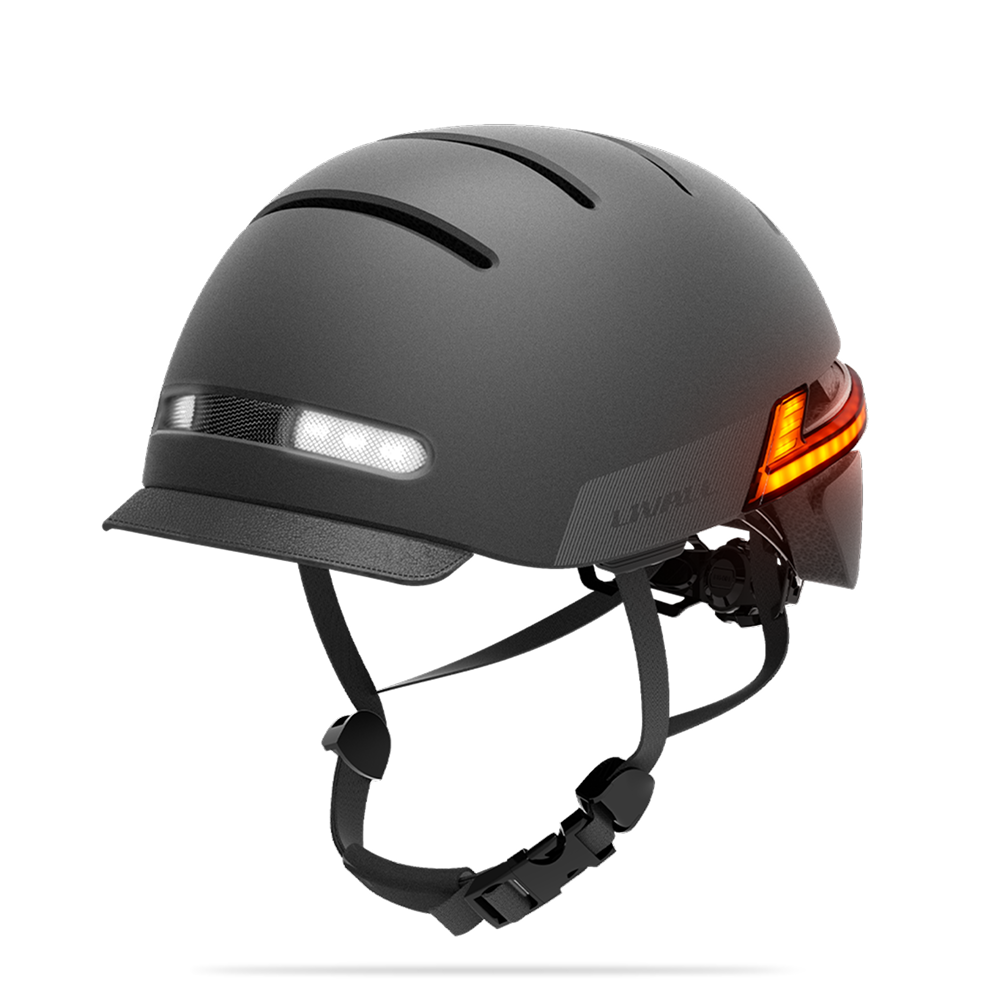
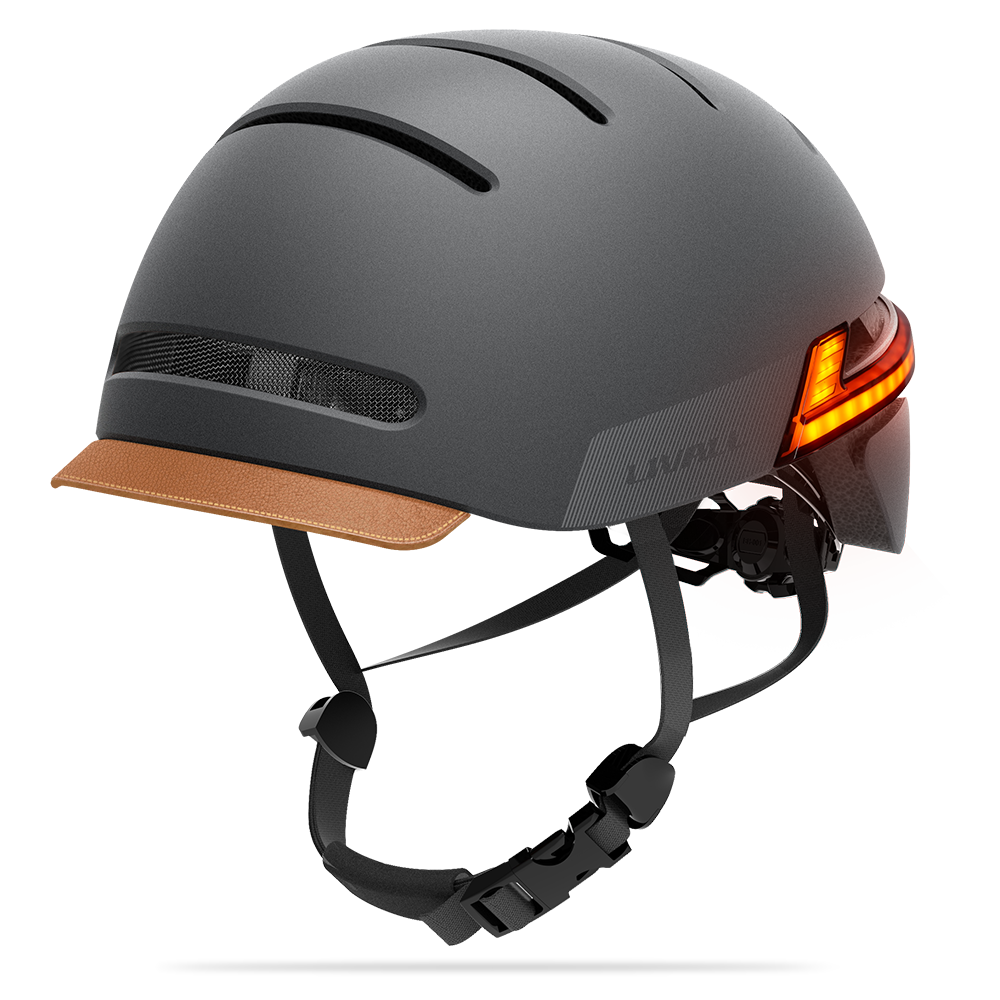




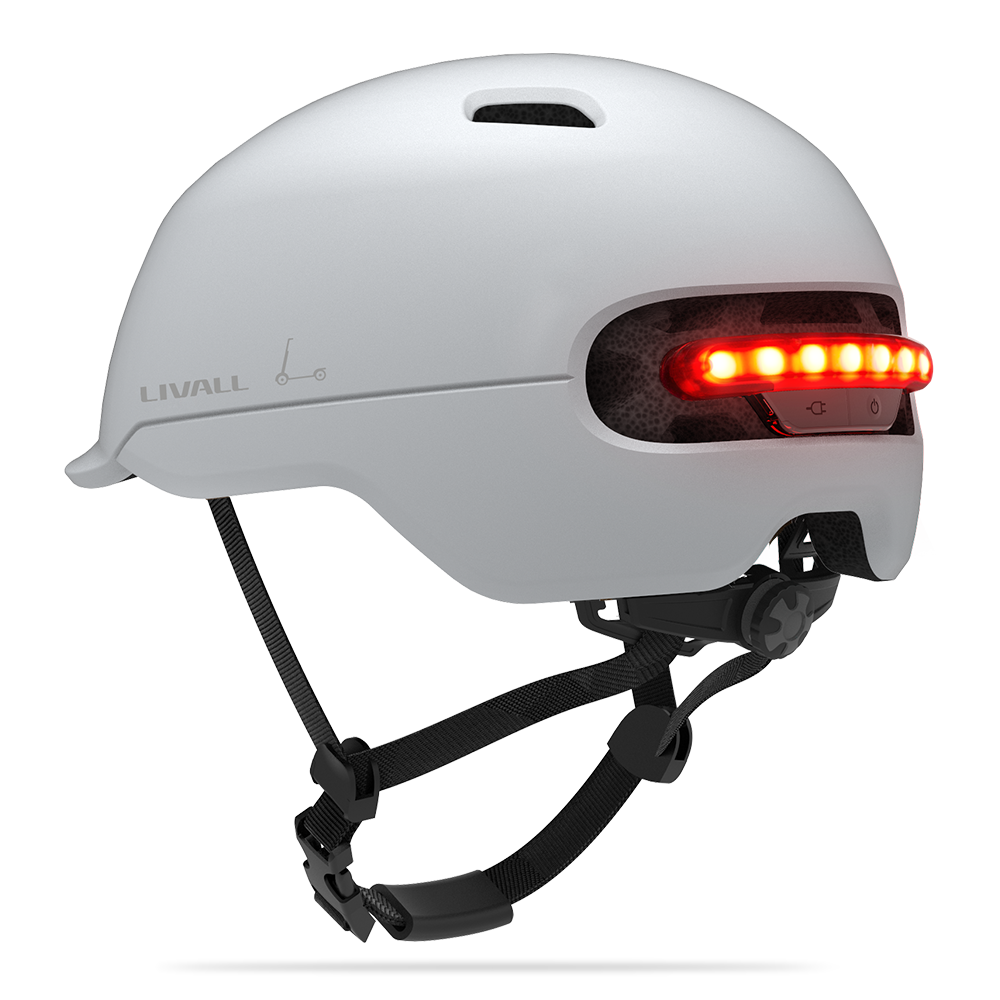
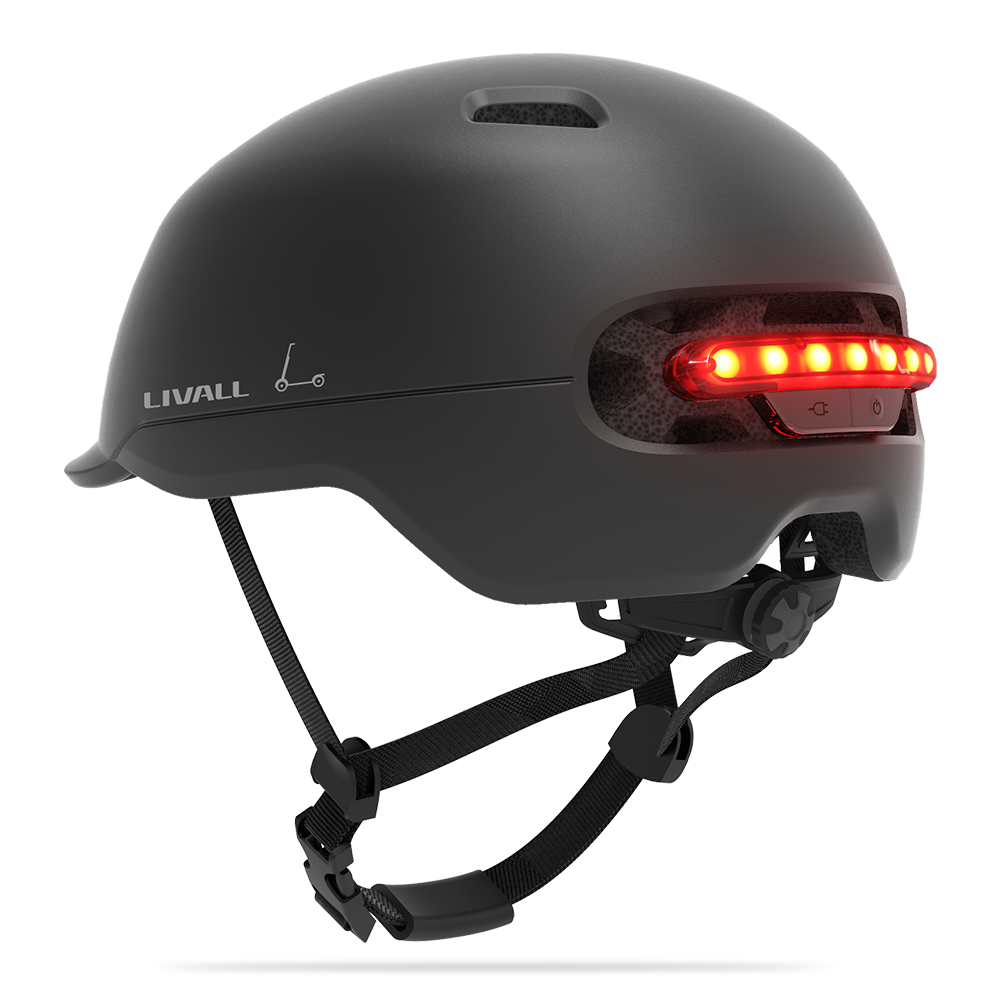
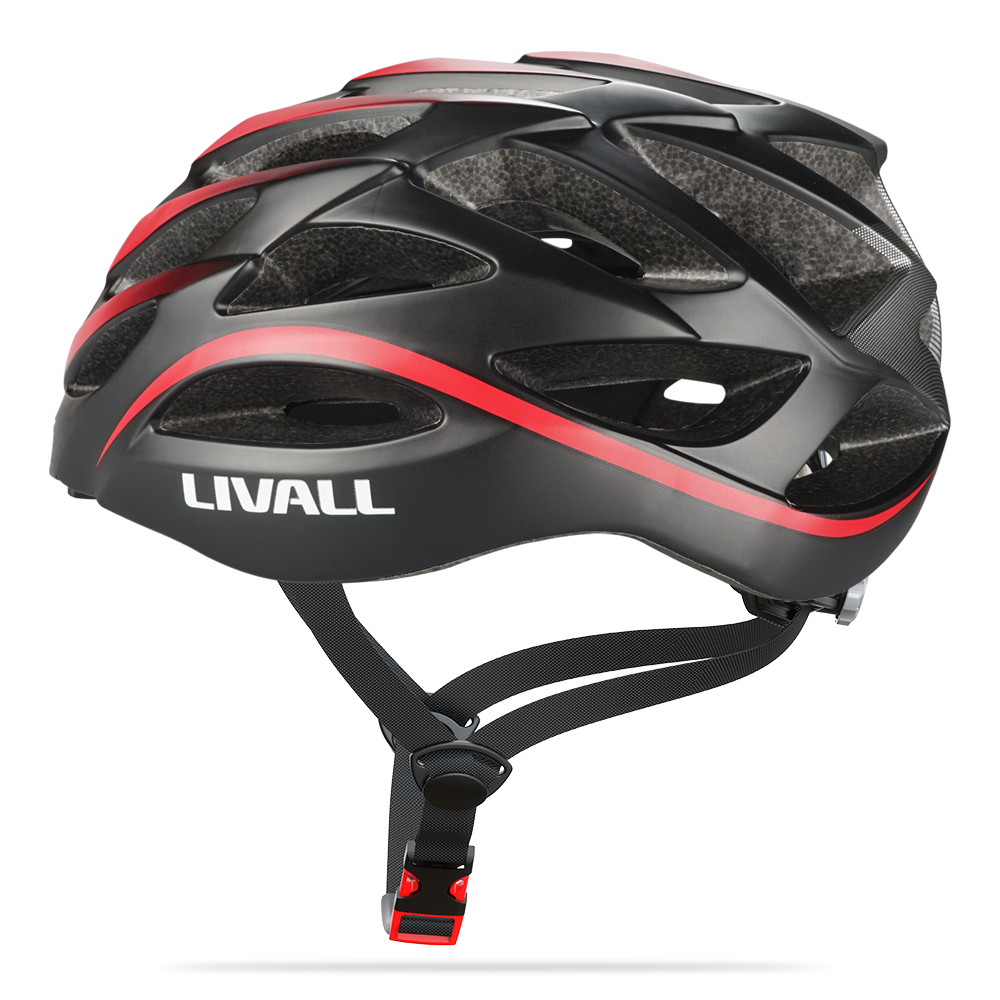
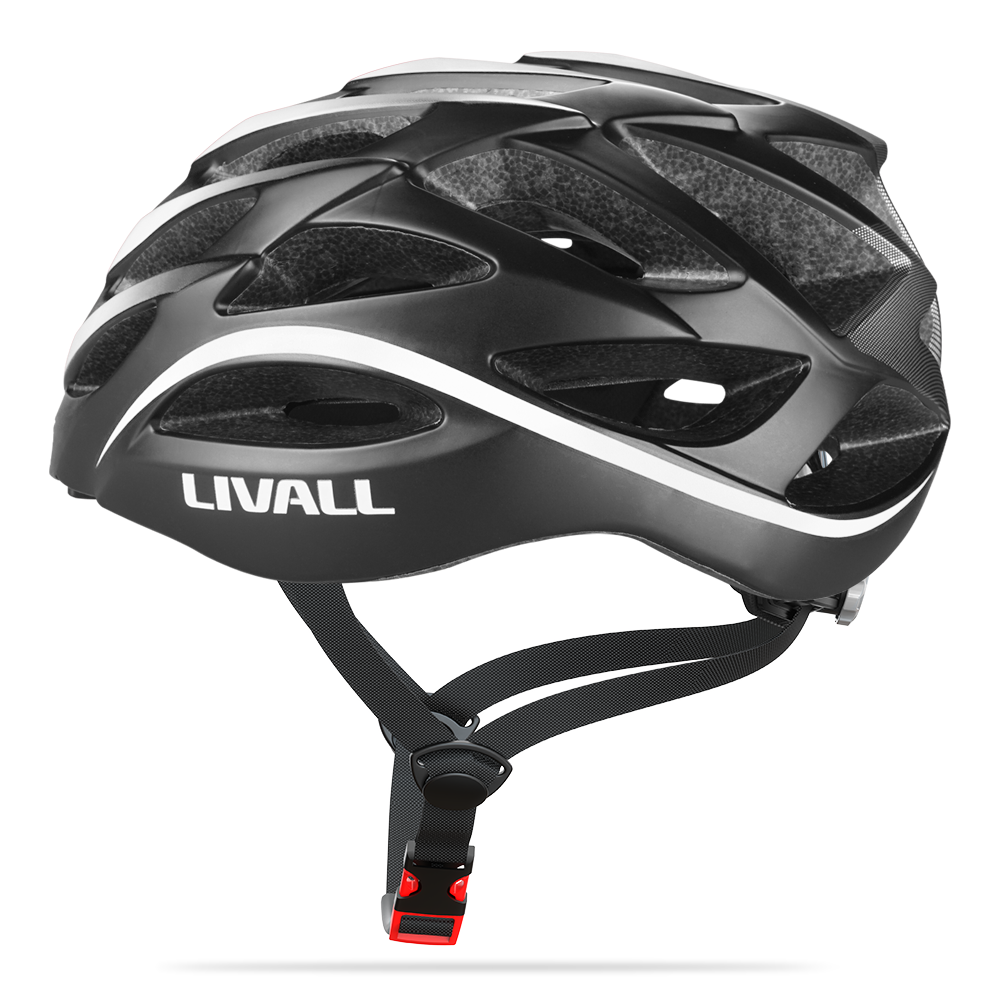




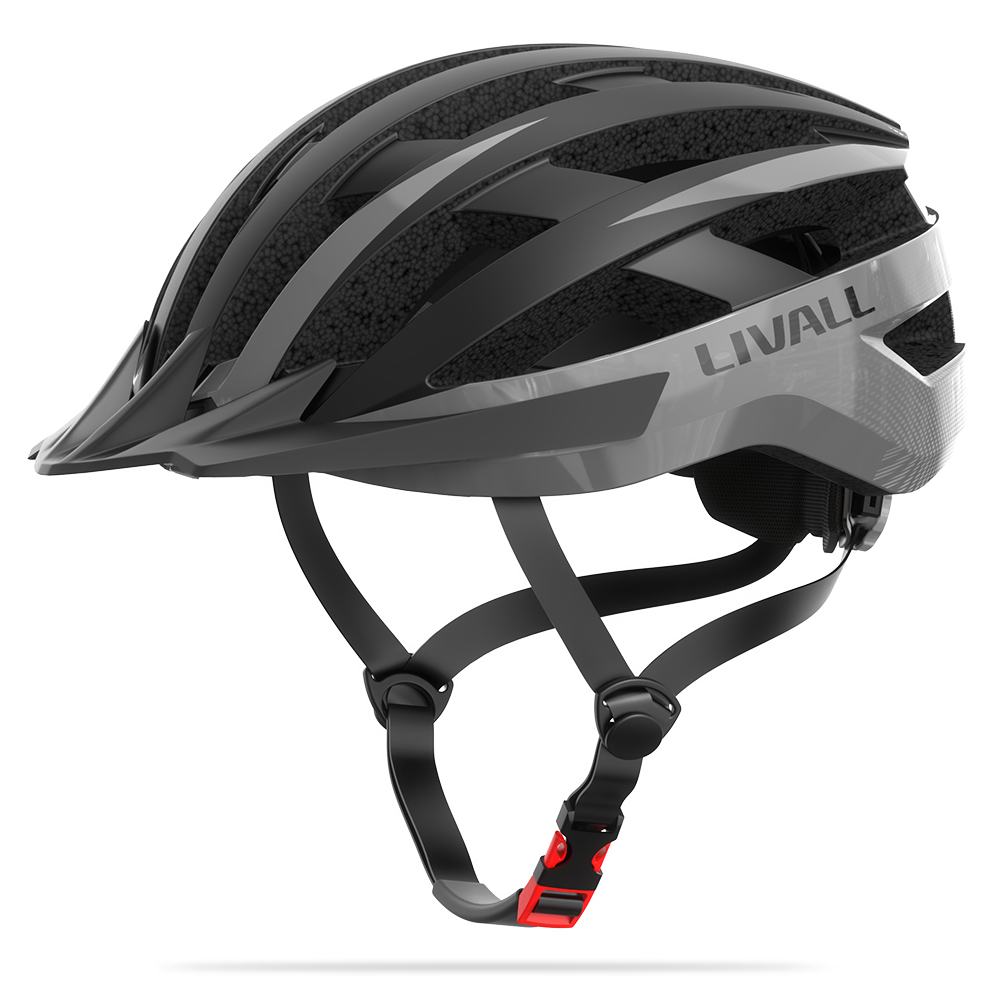
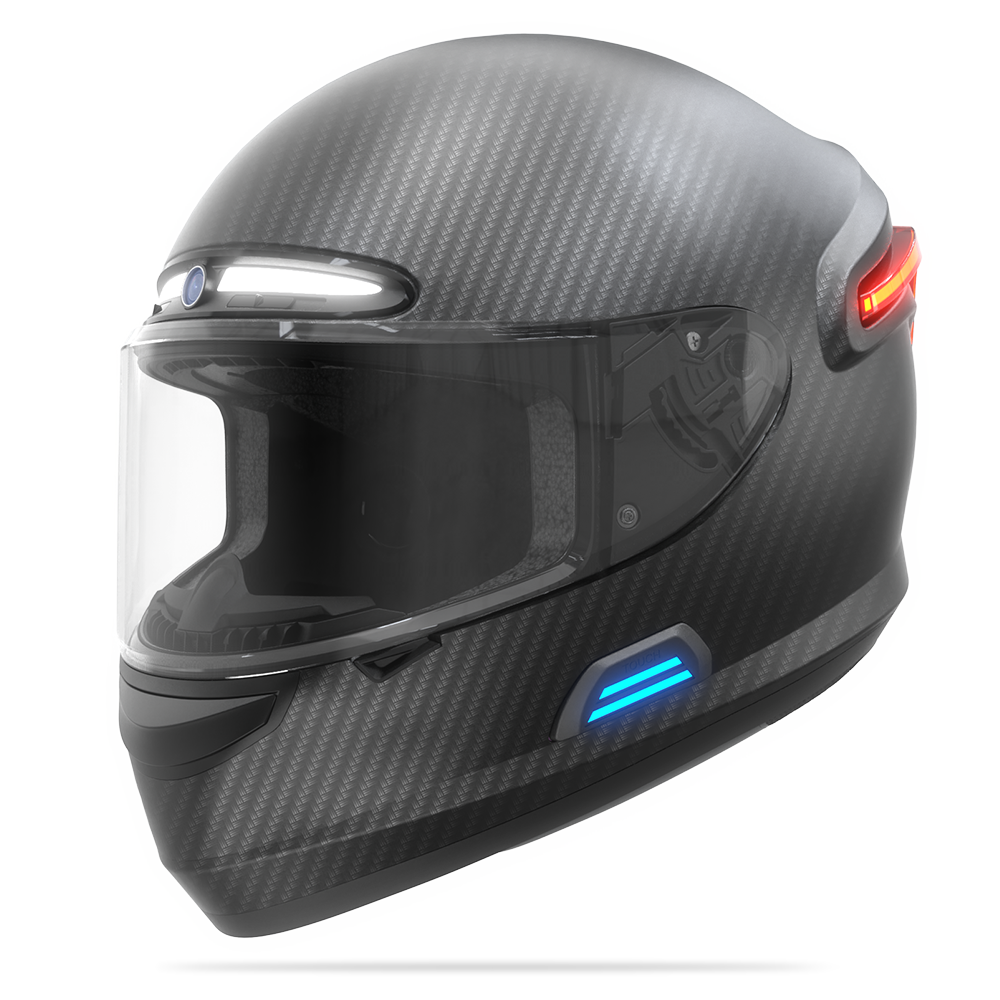


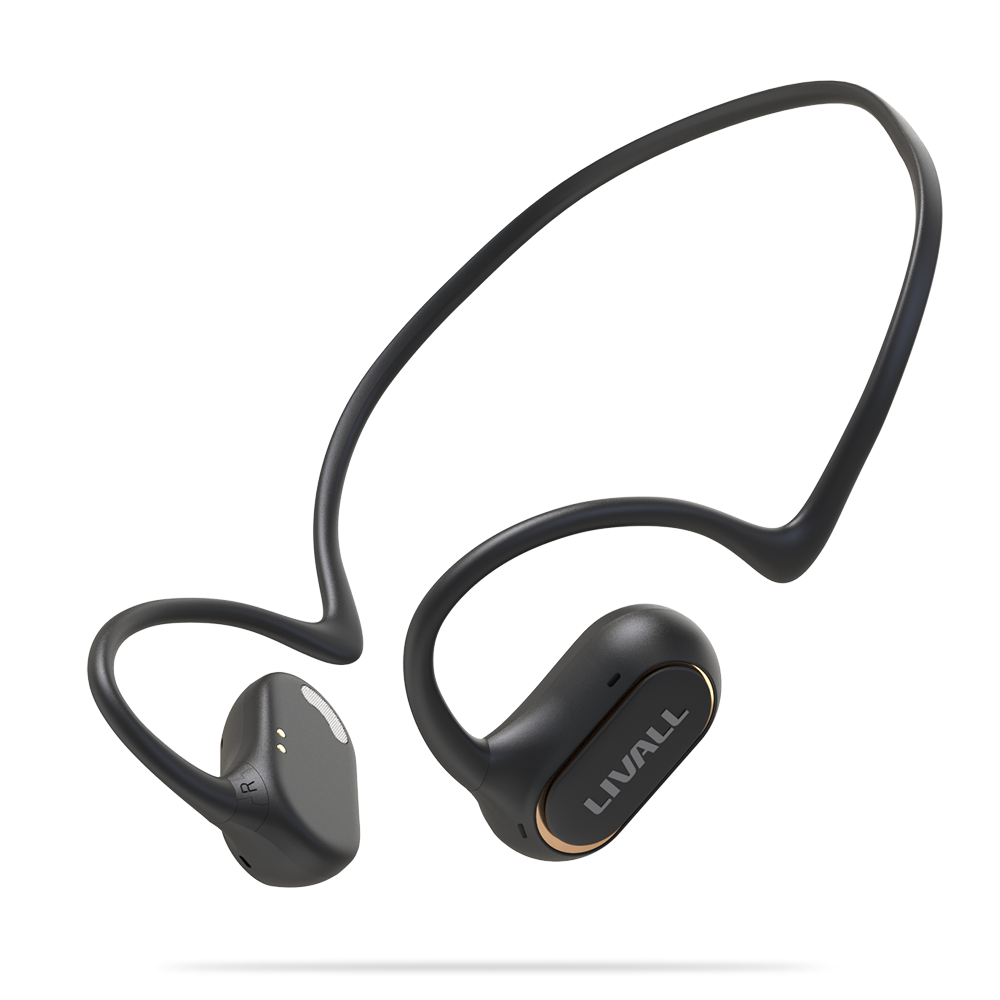

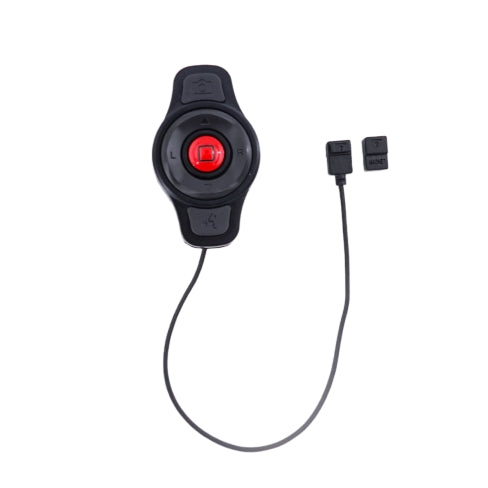
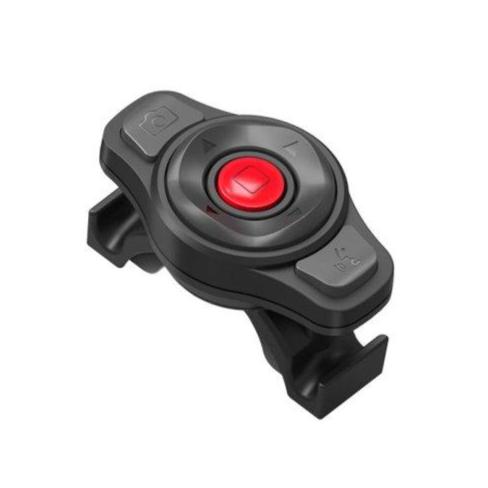
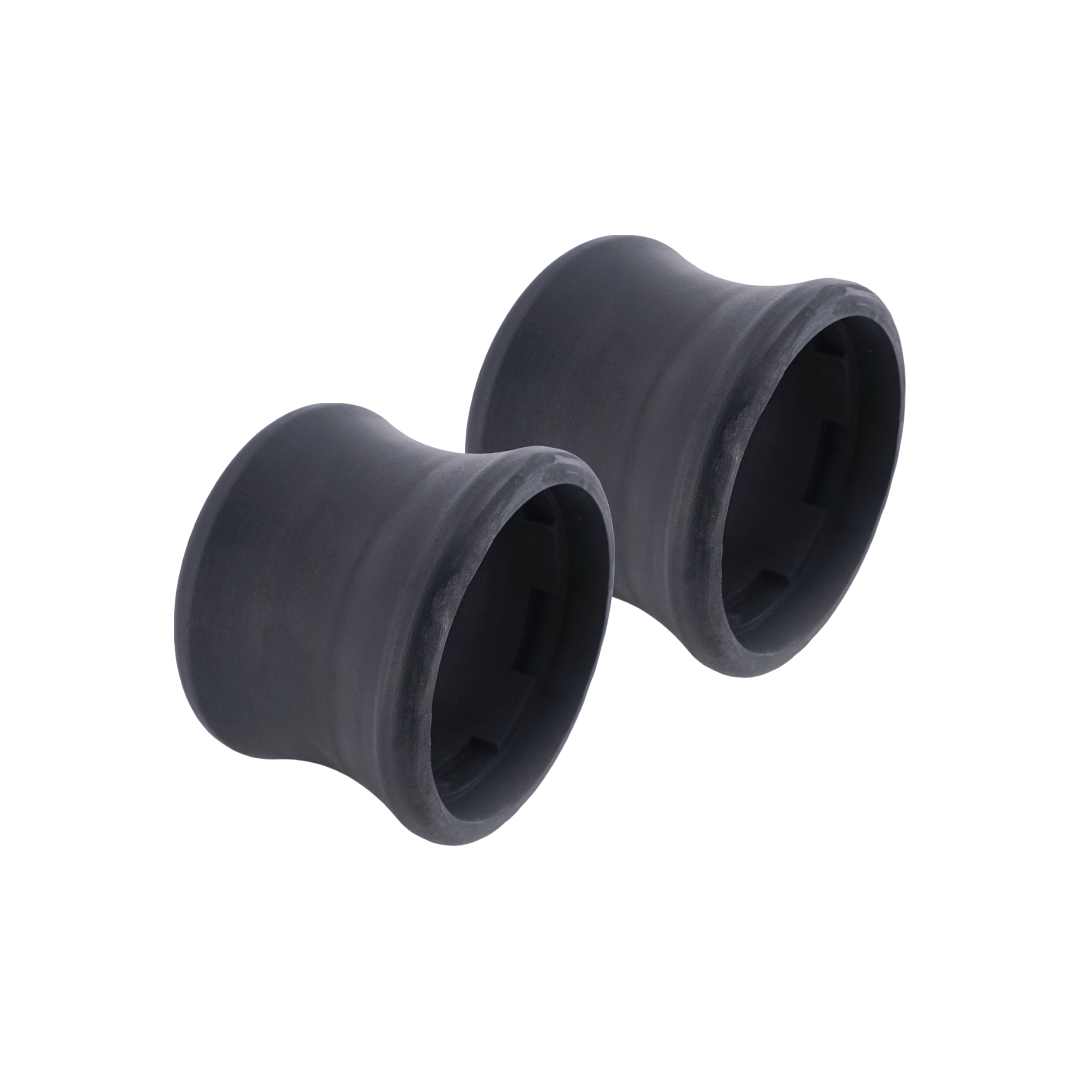
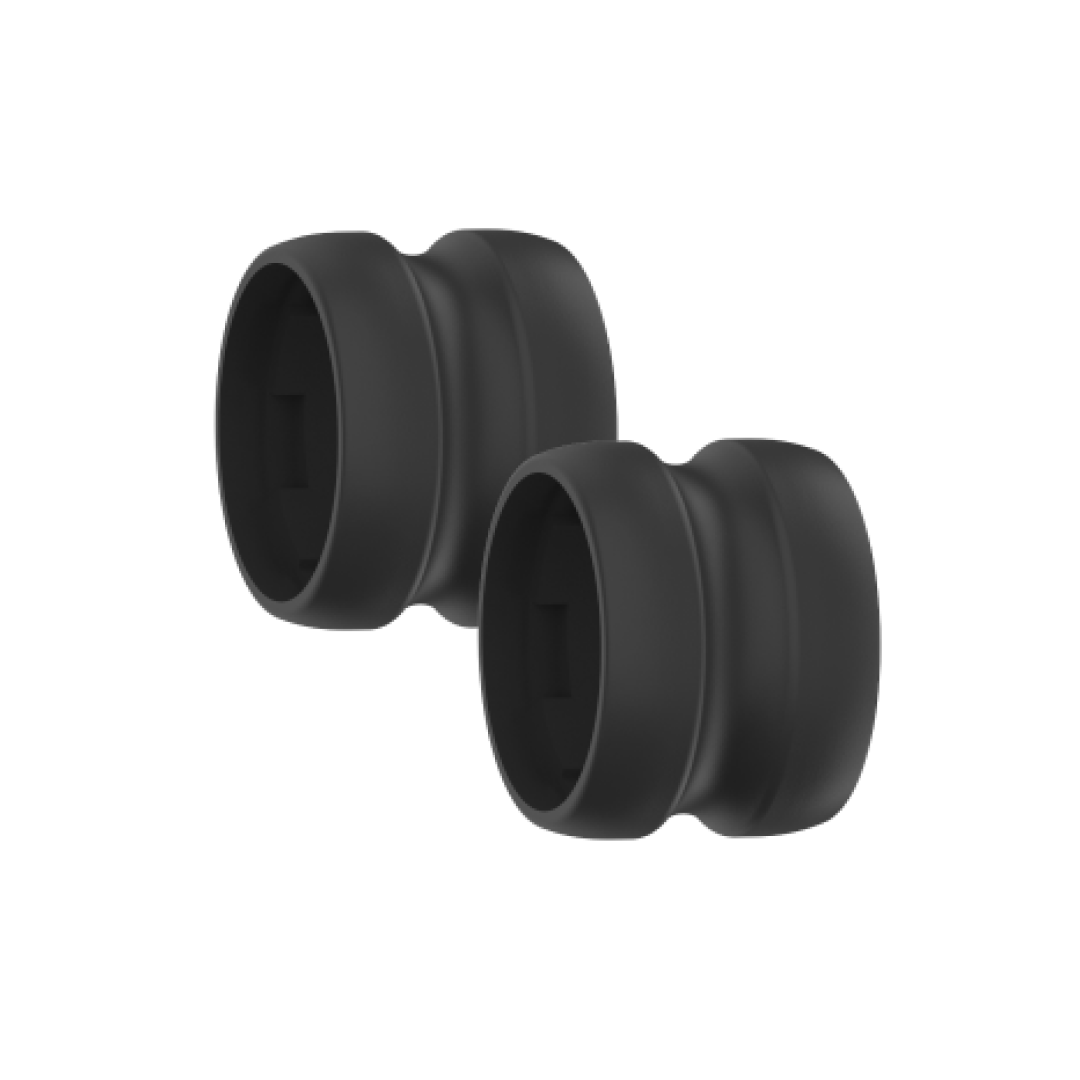
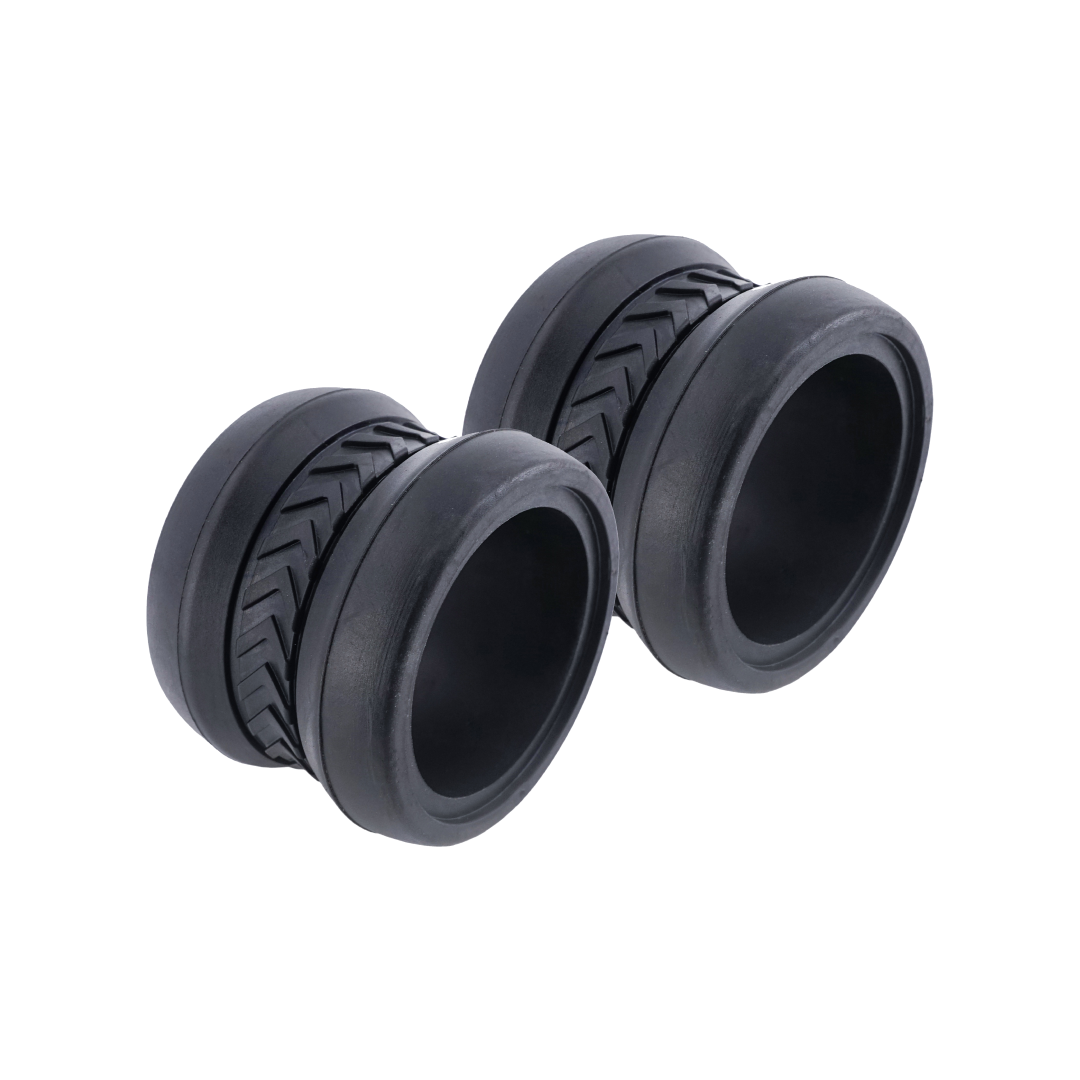
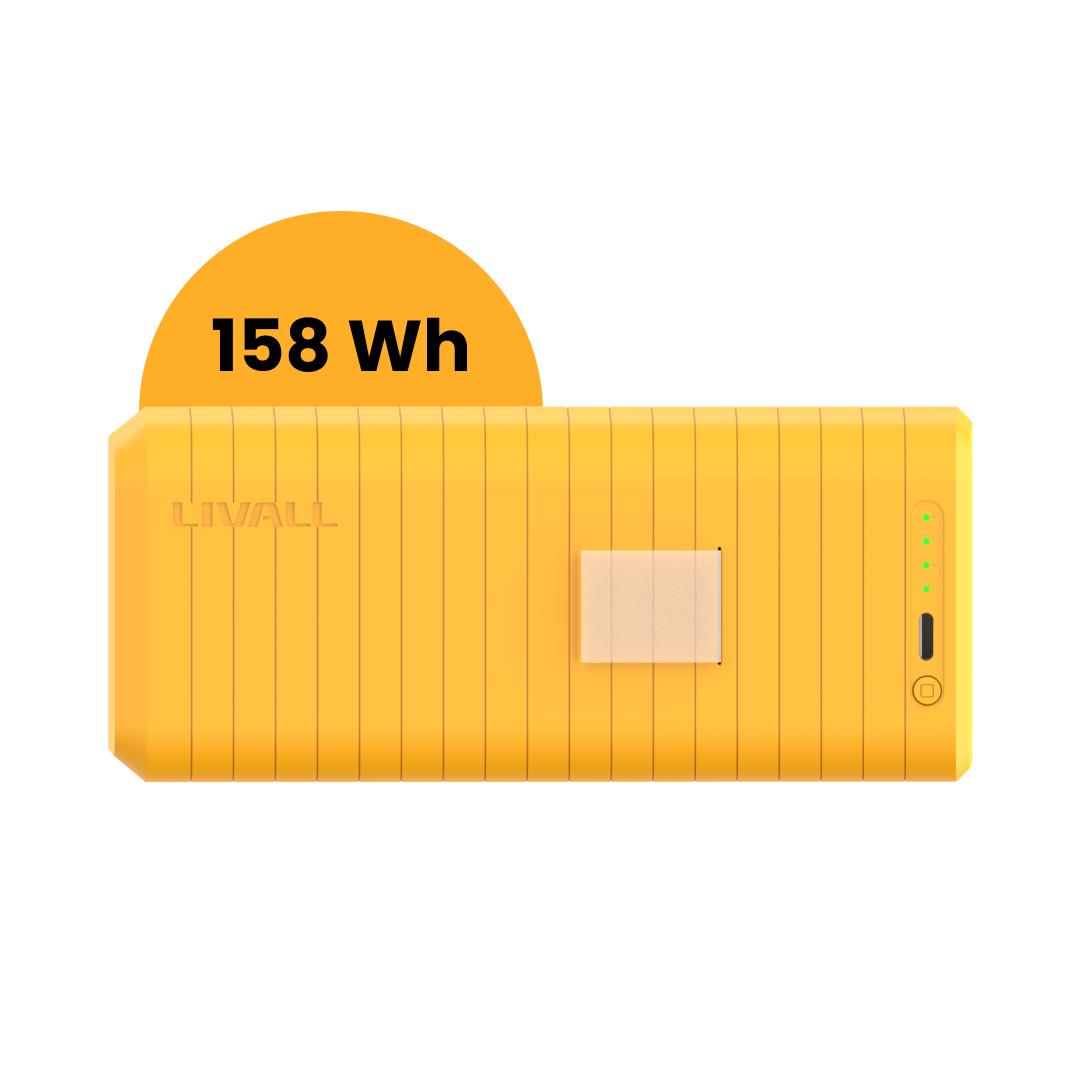

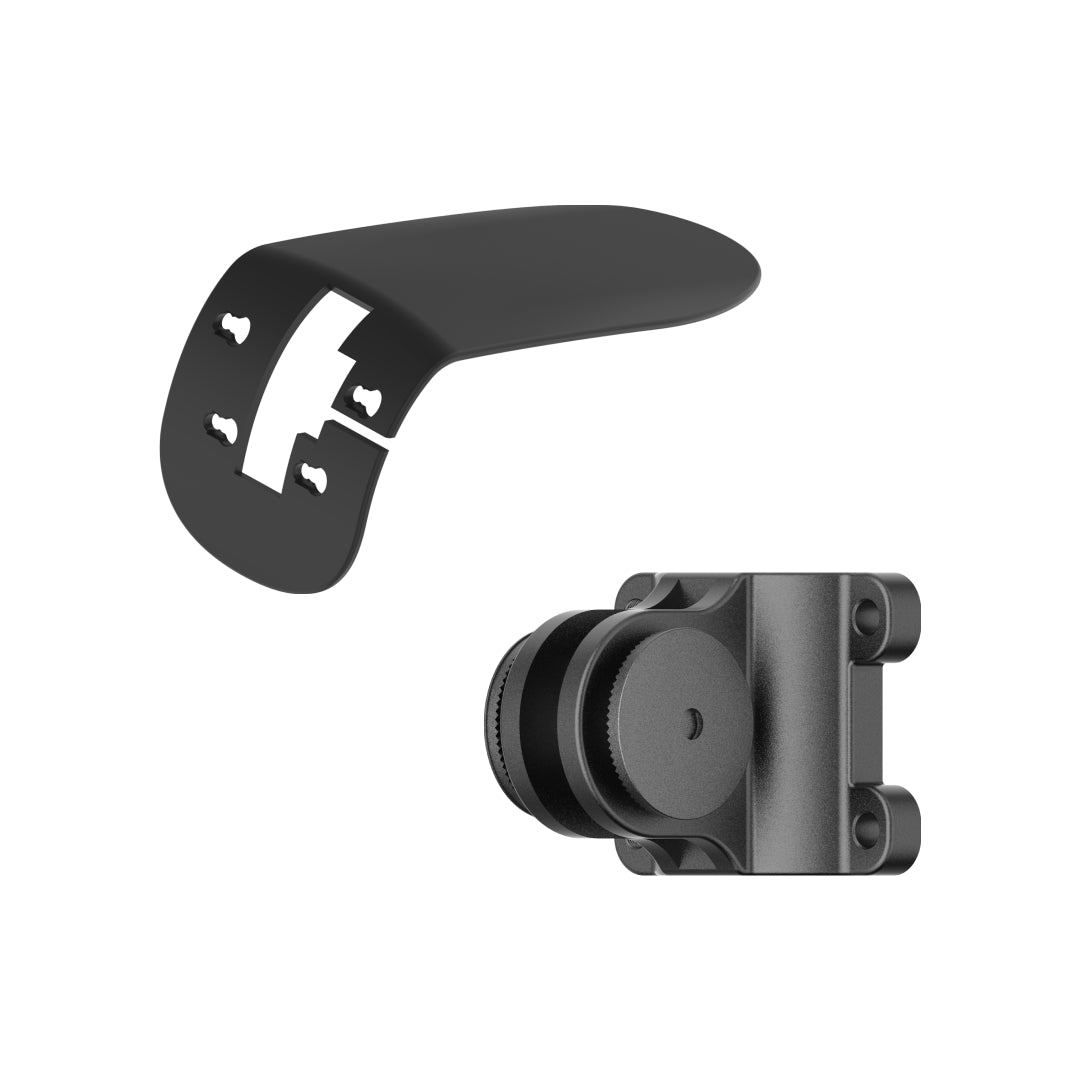
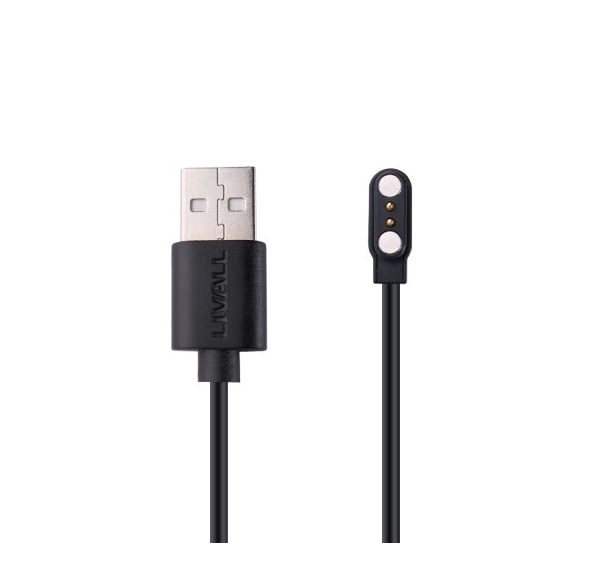
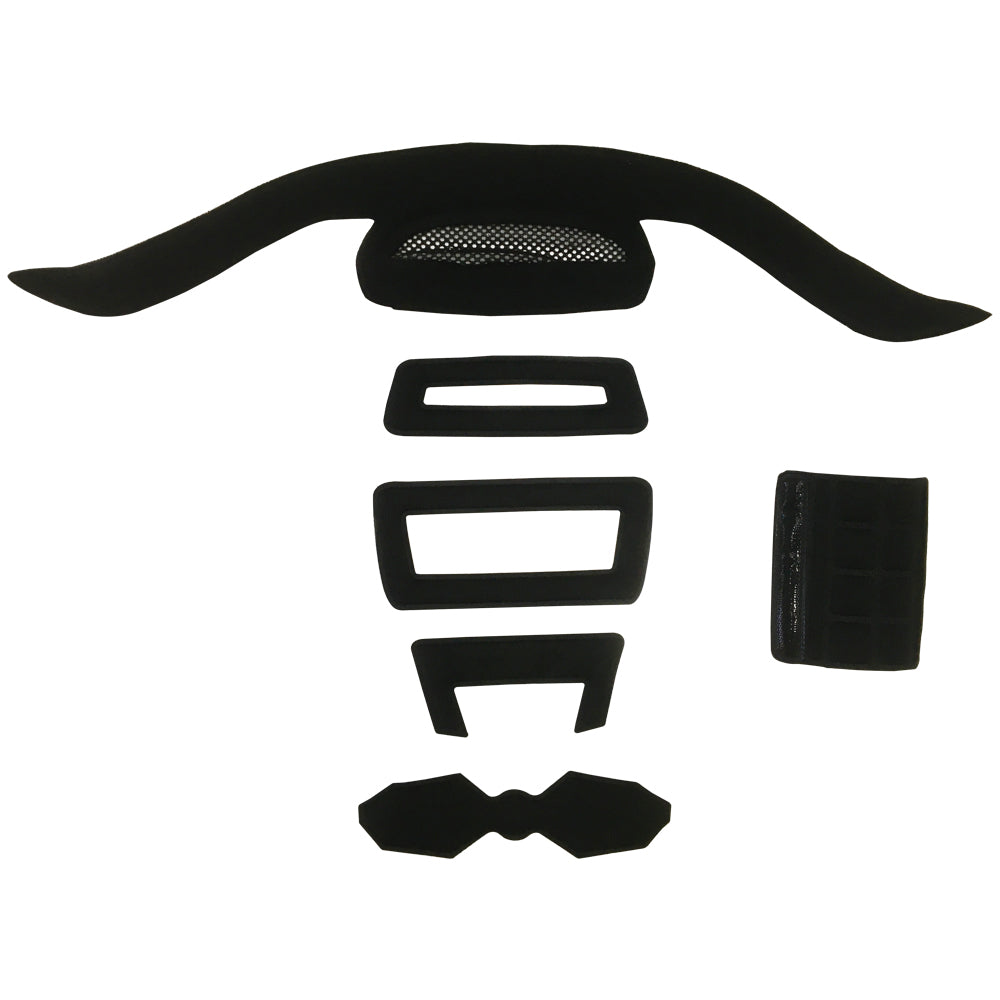
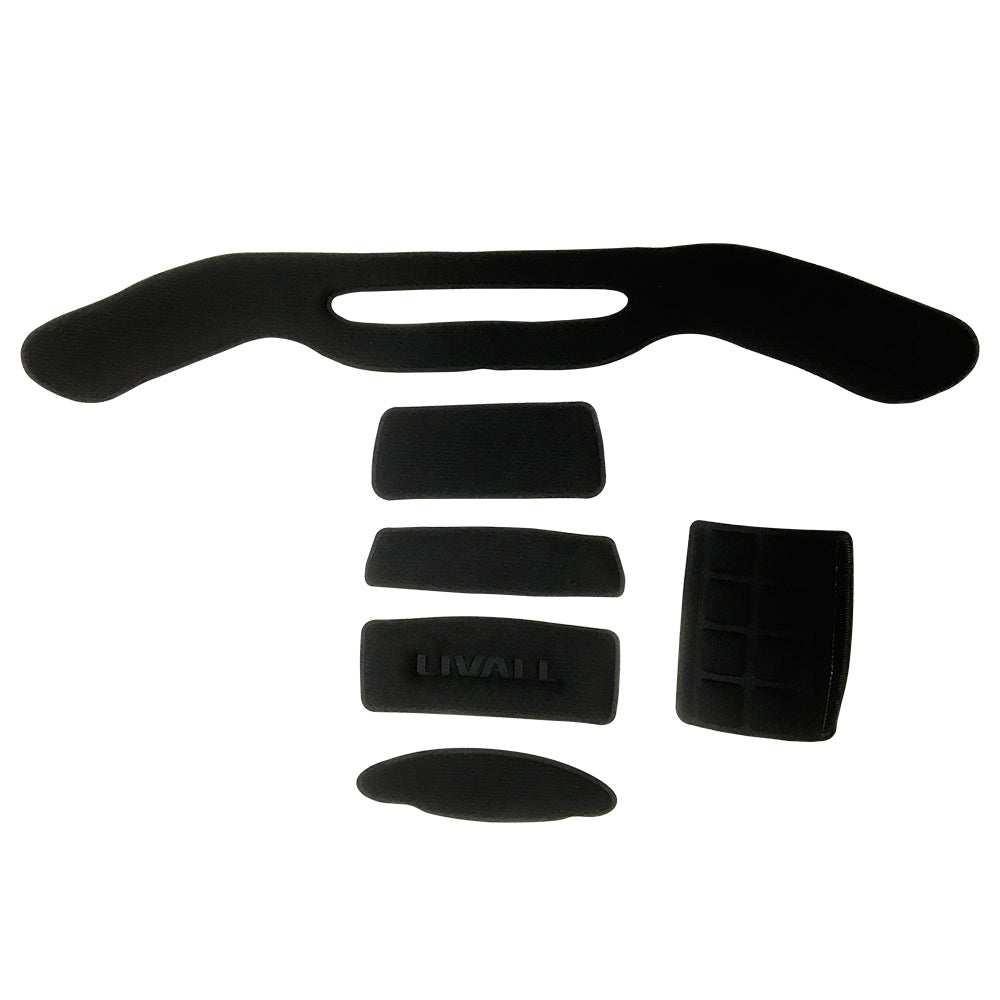
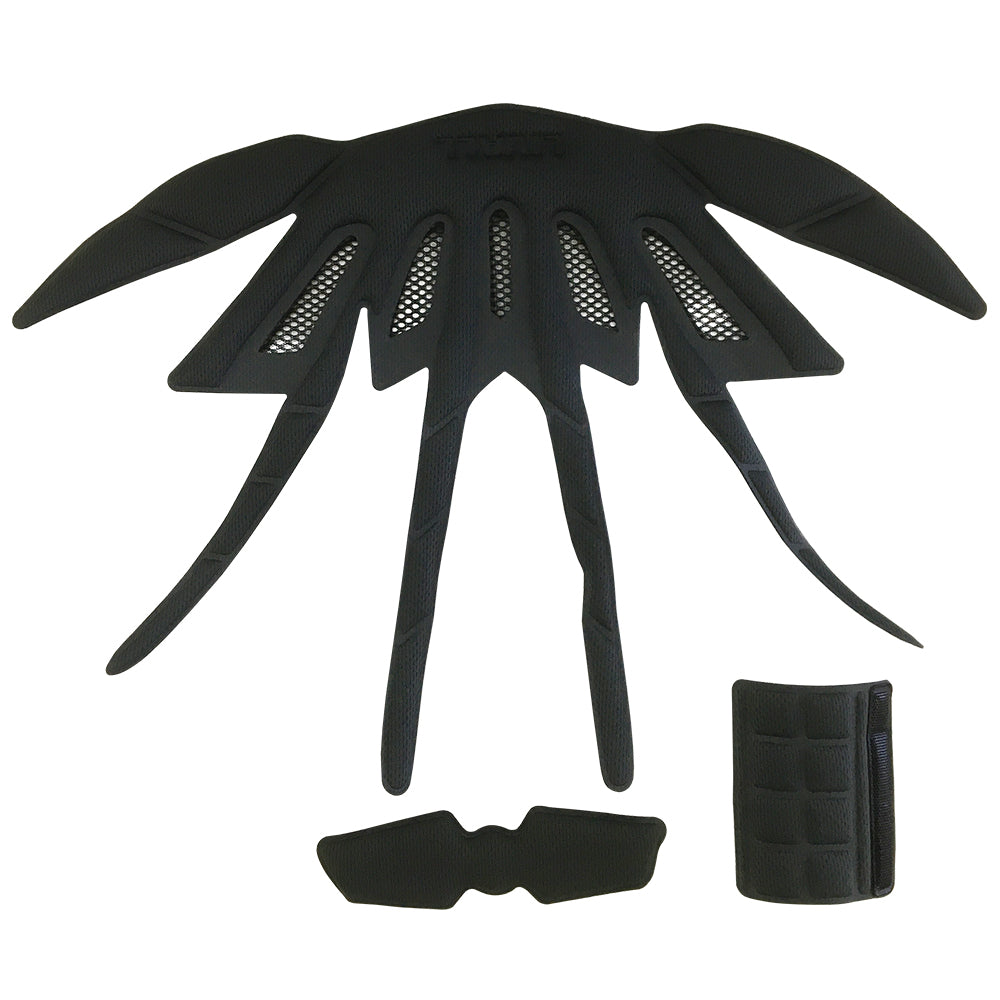
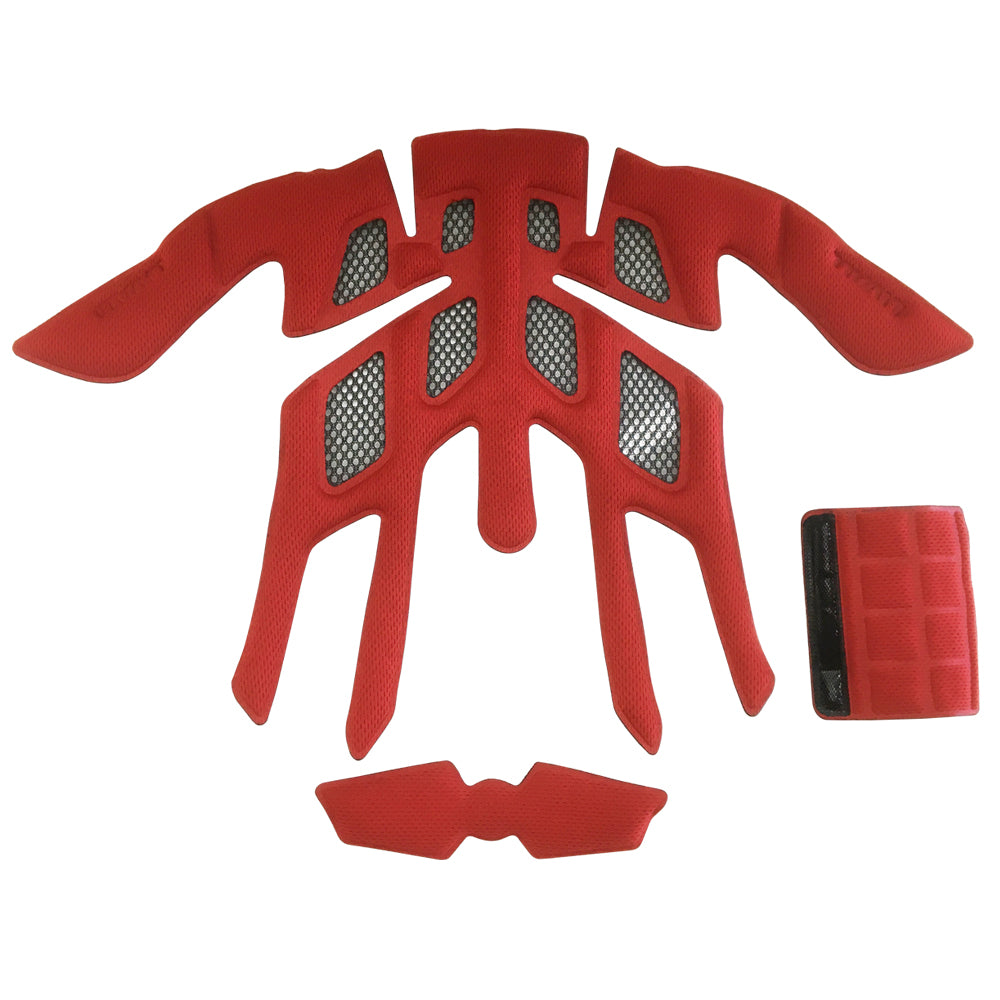
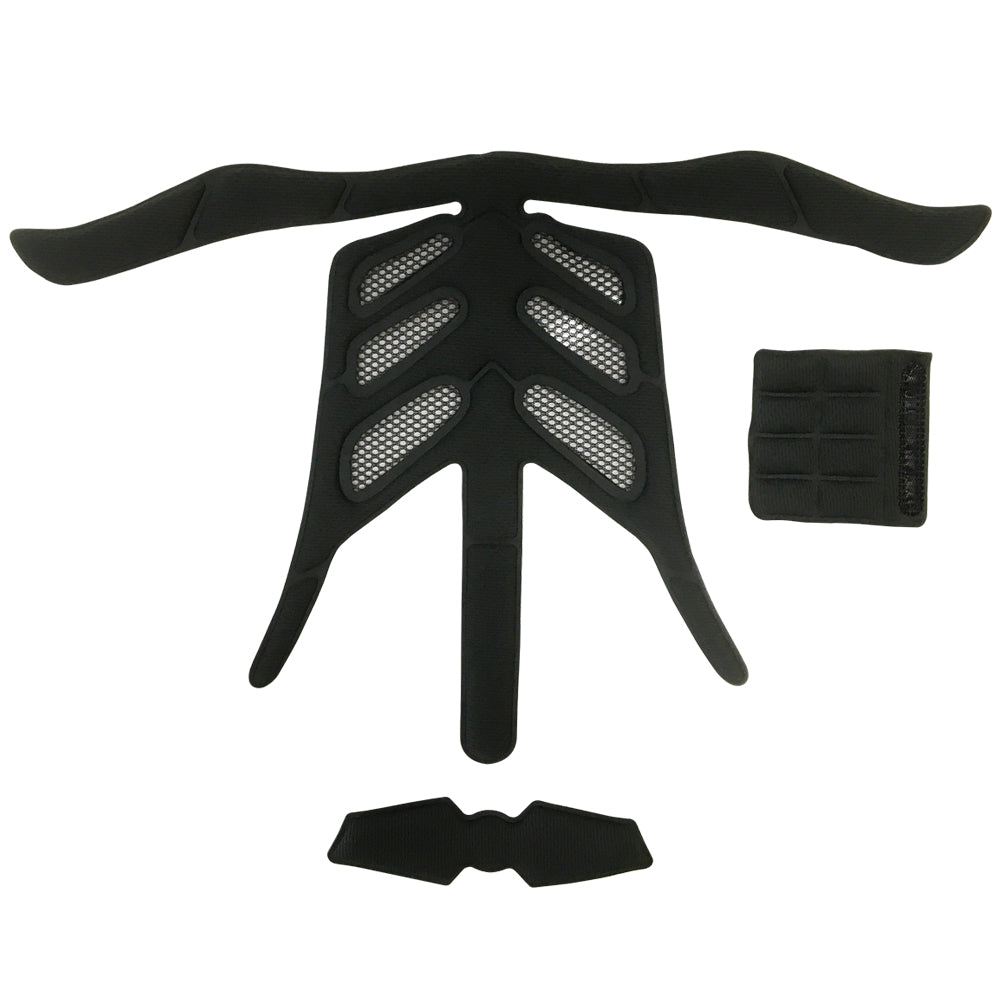
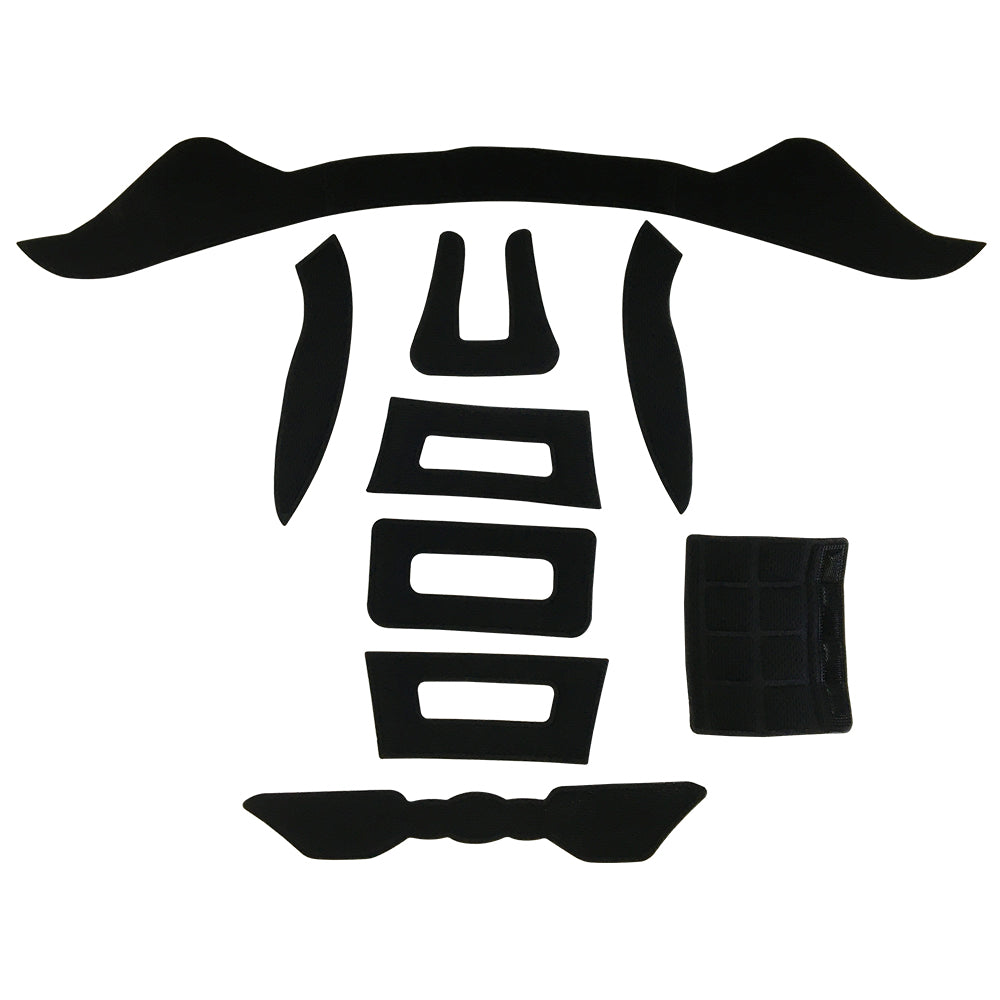

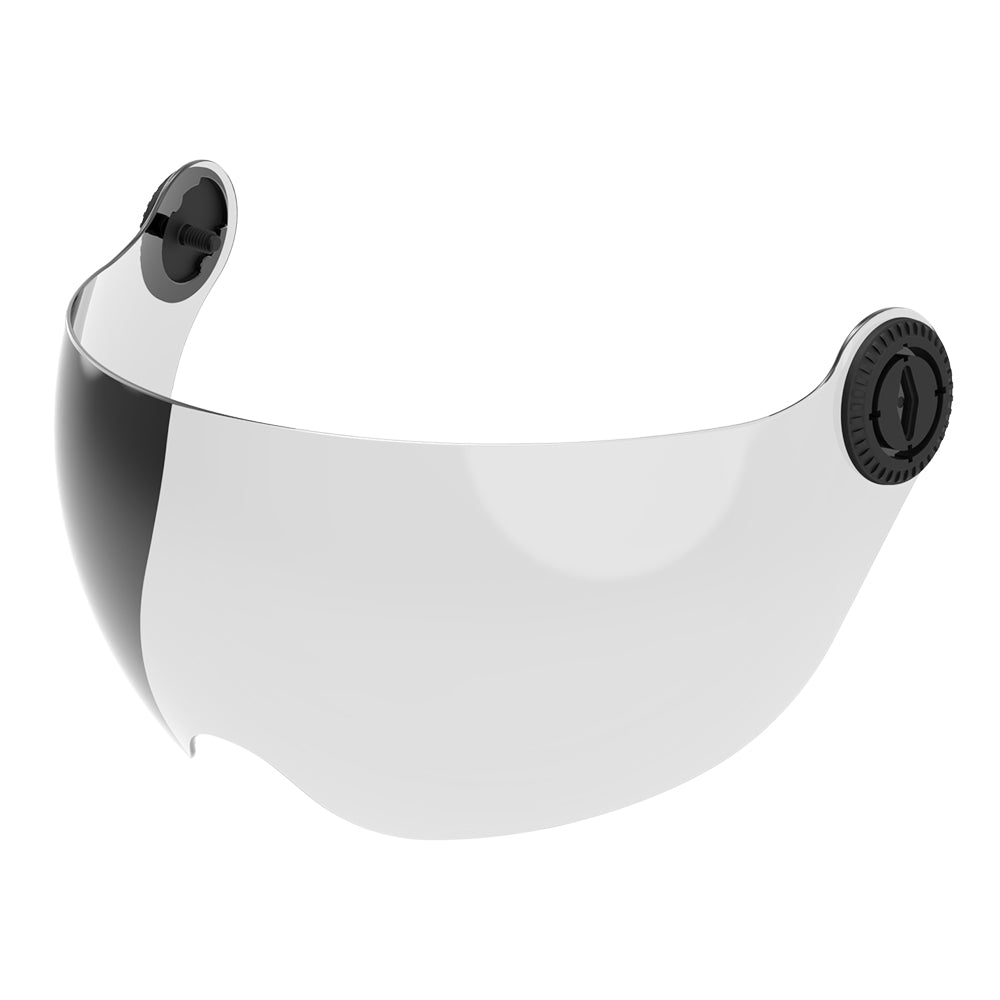

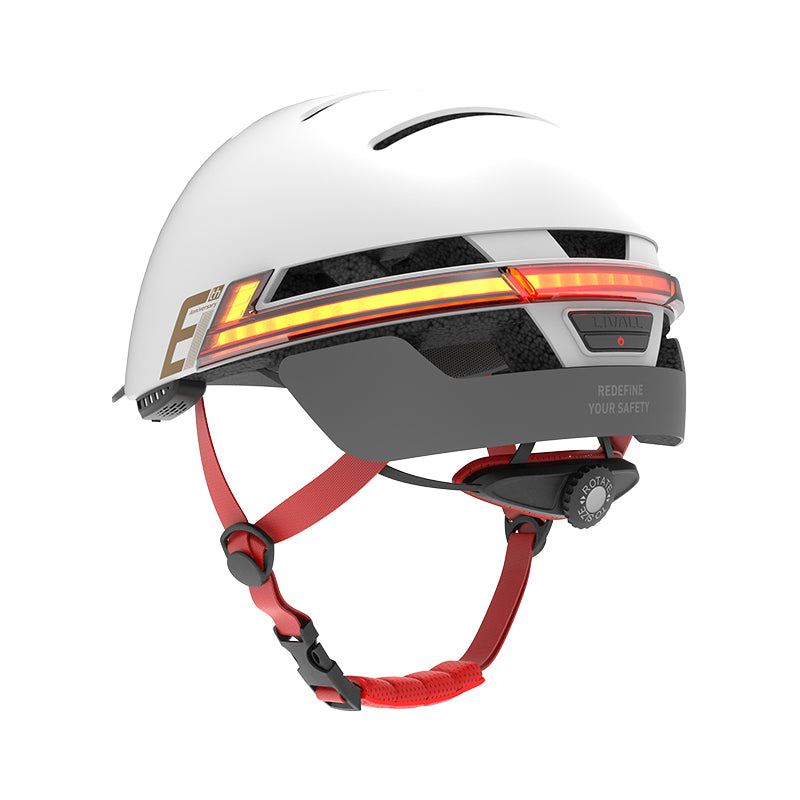


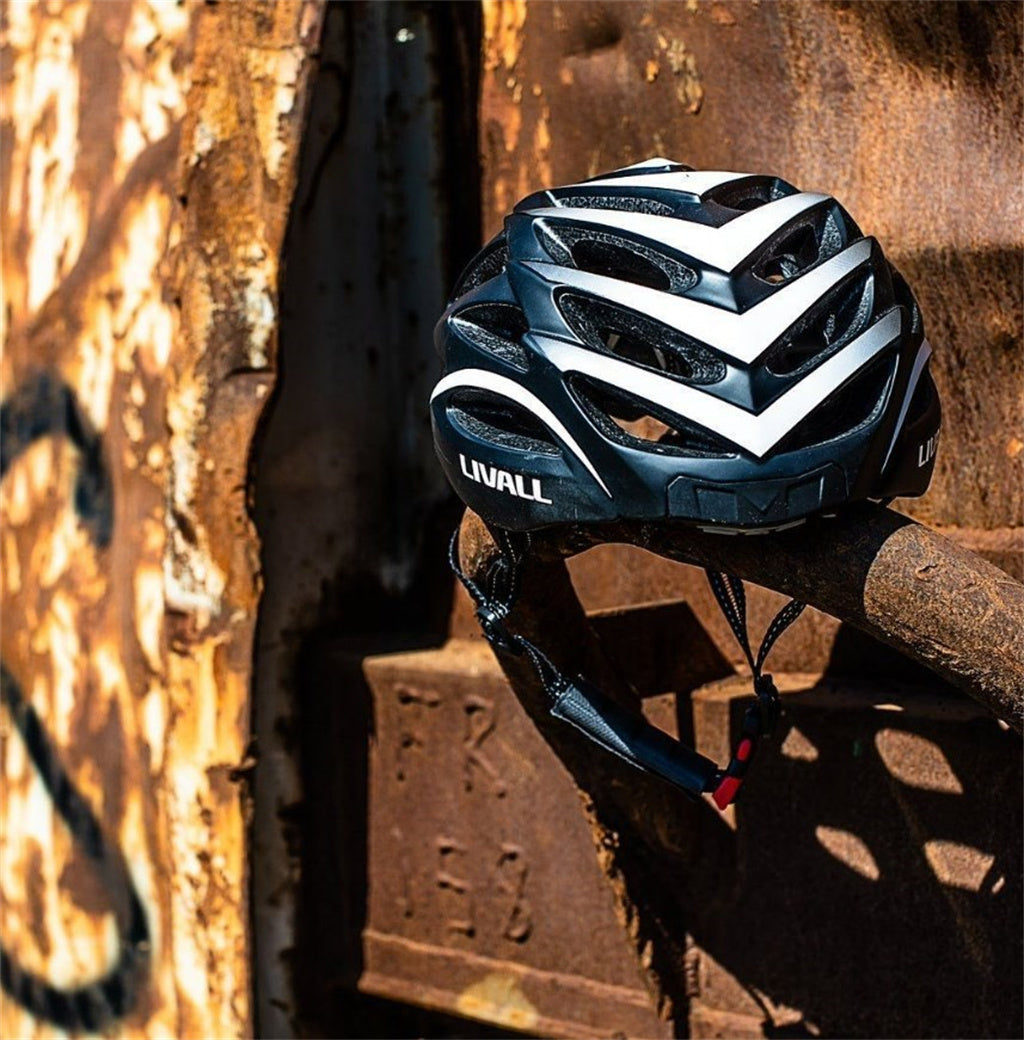
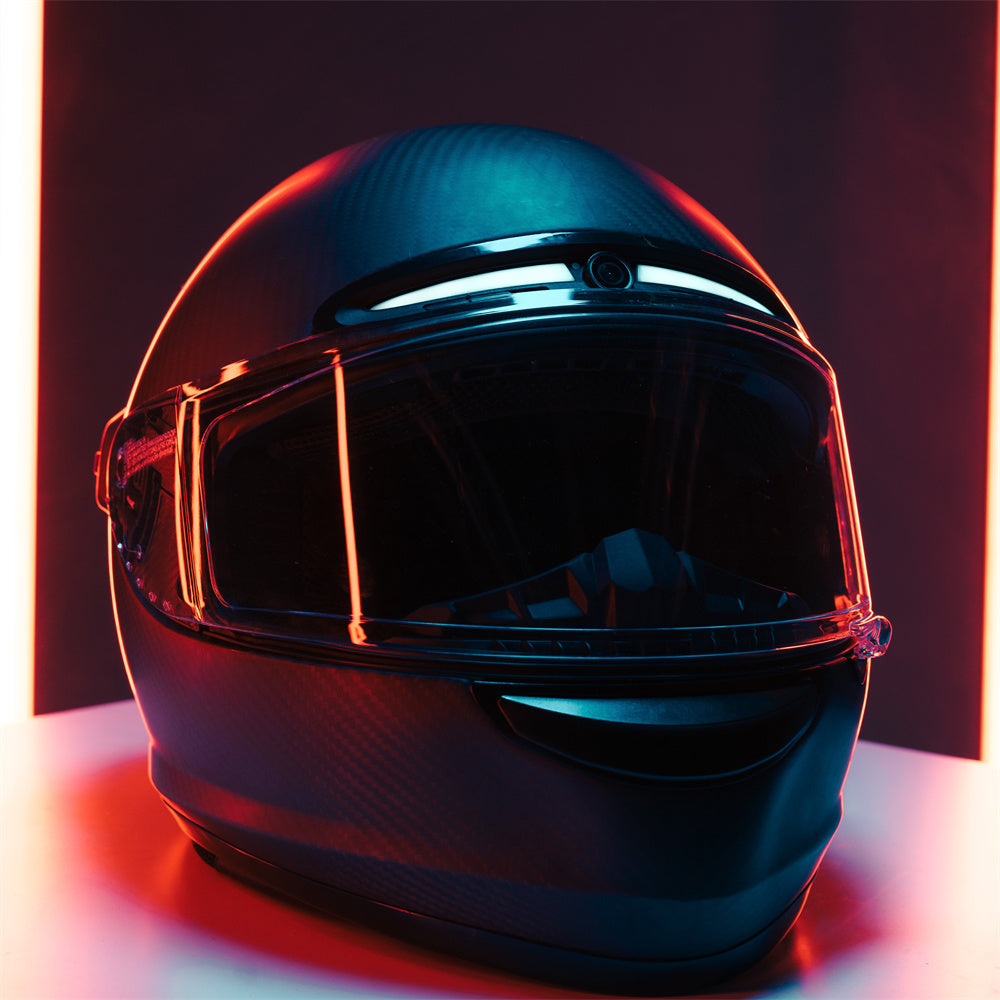
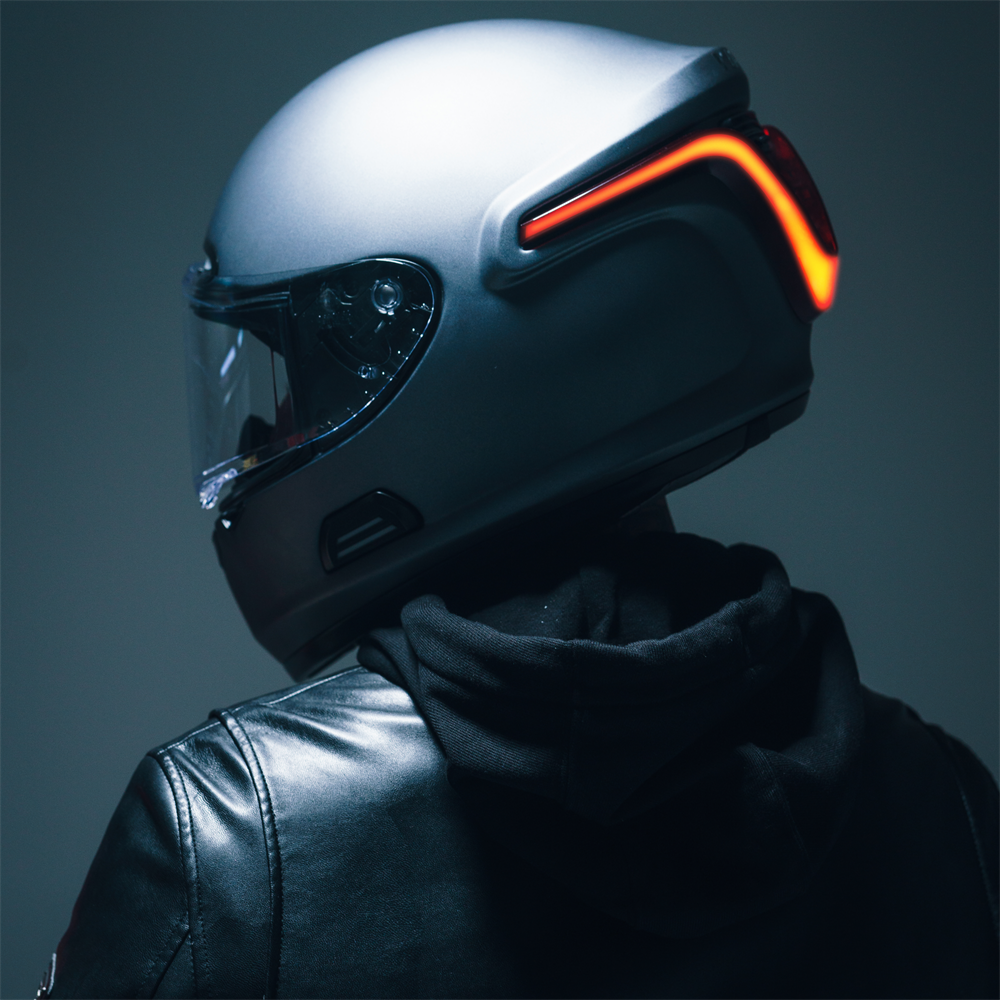
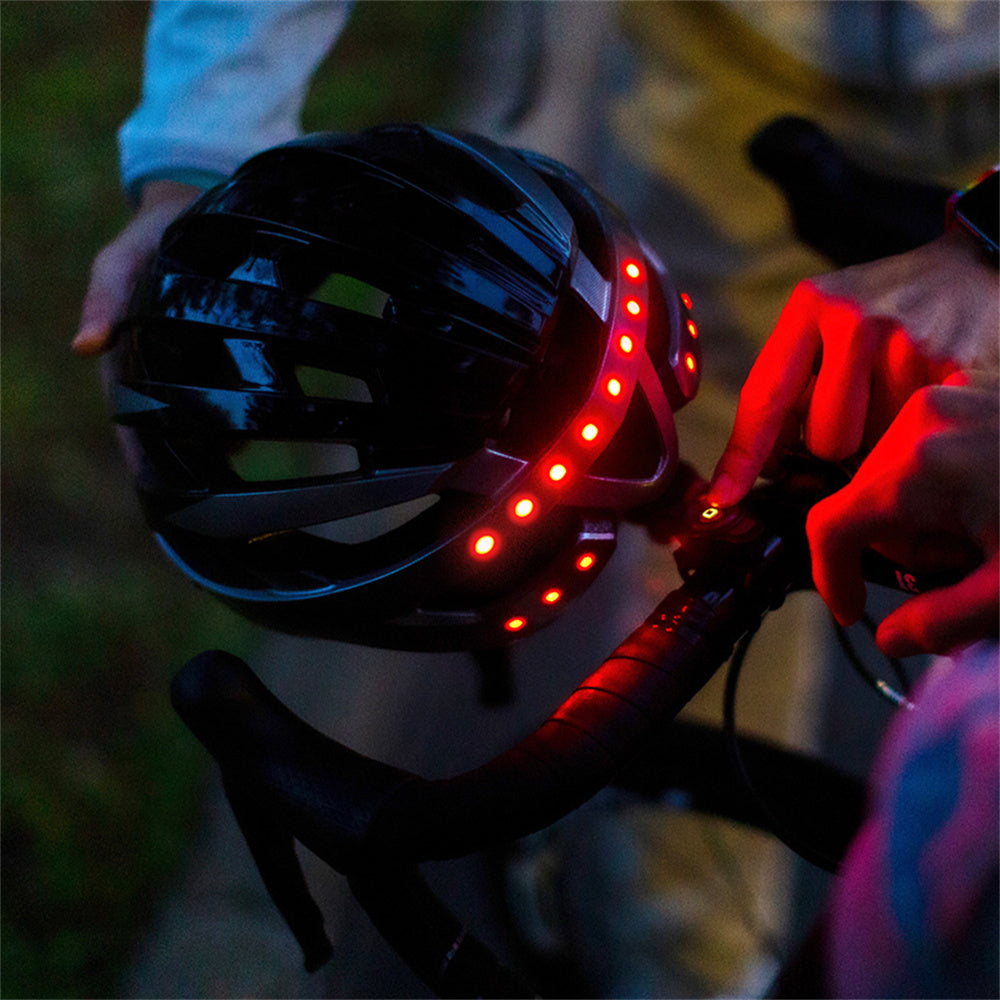


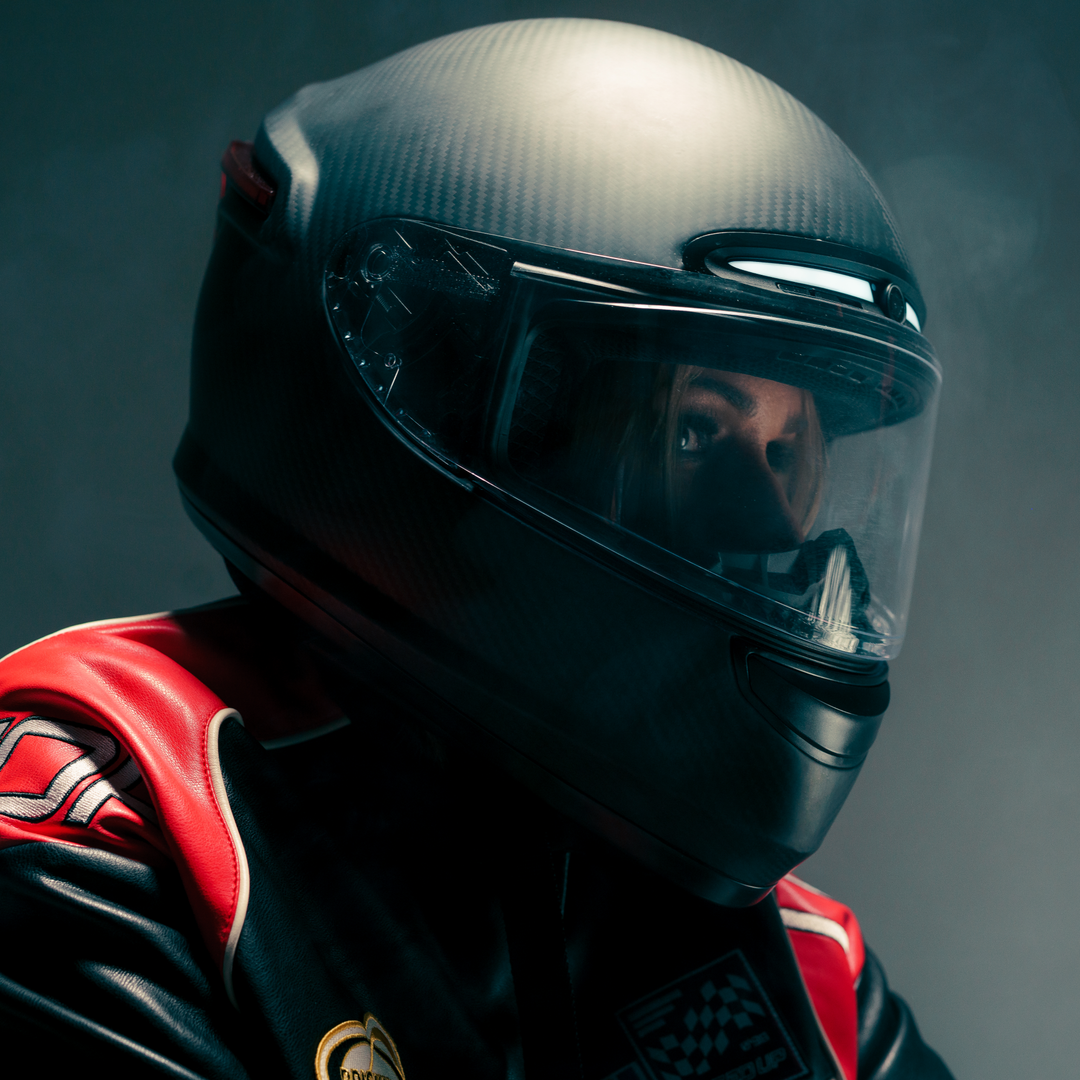
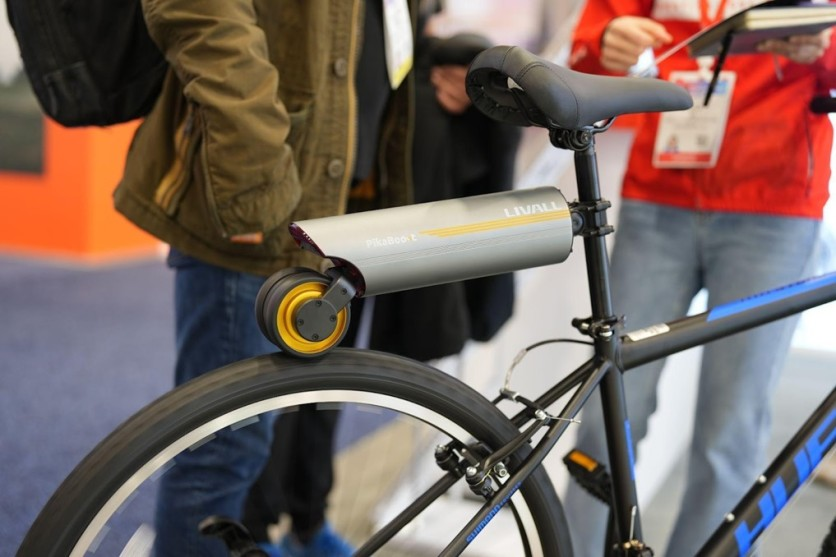

Leave a comment